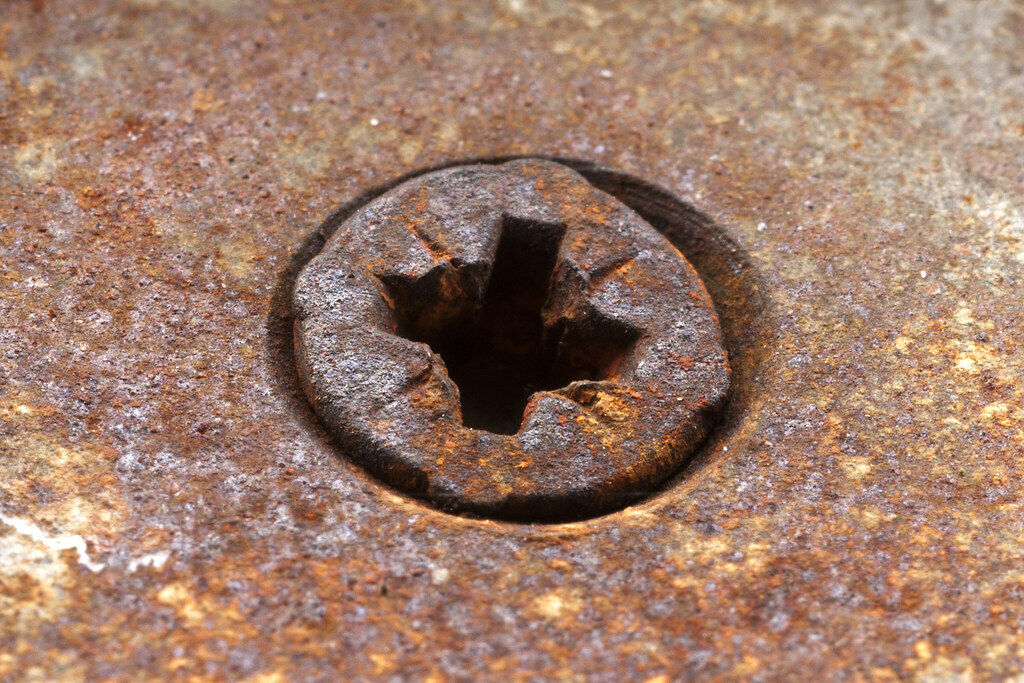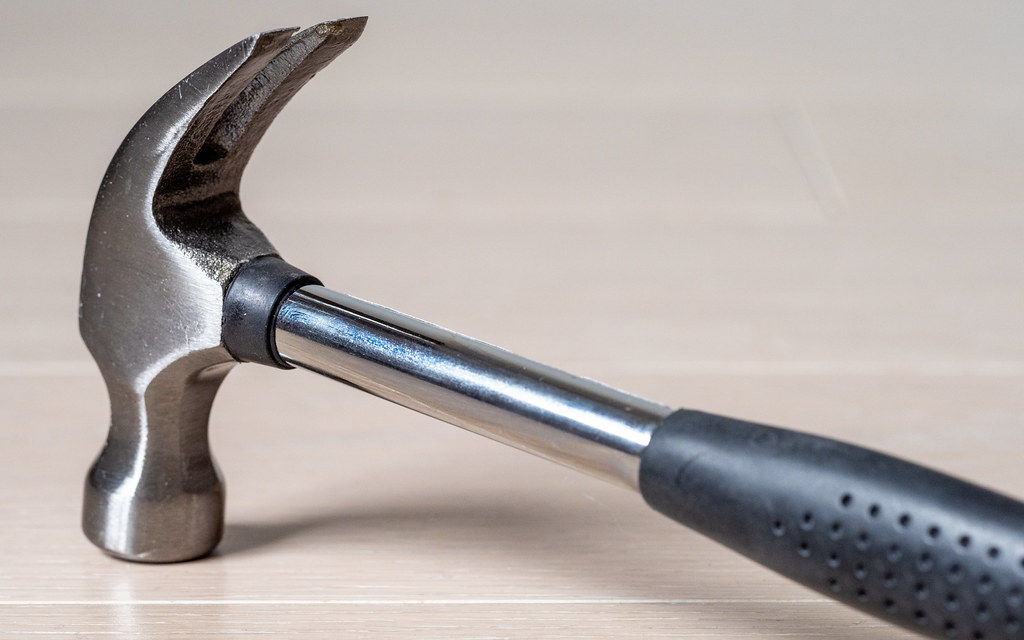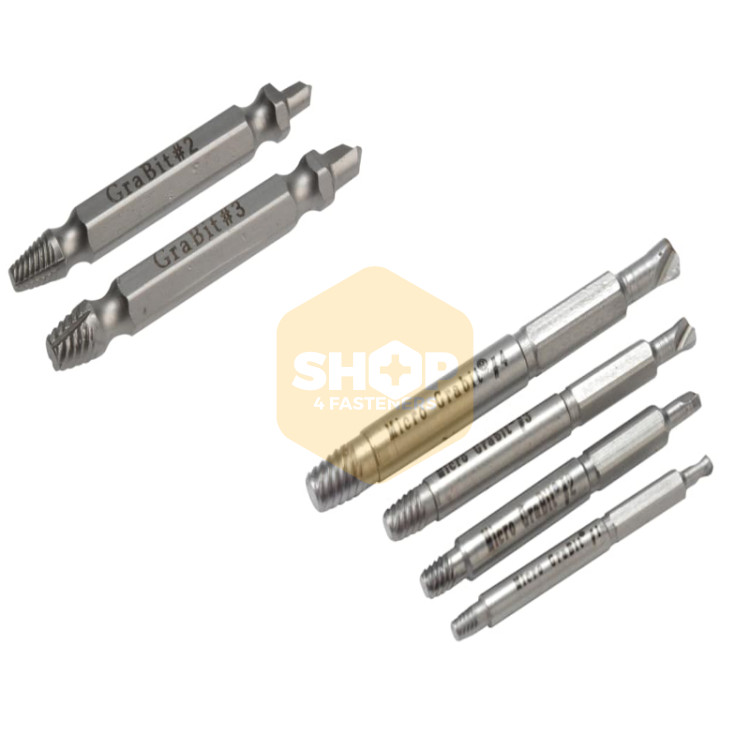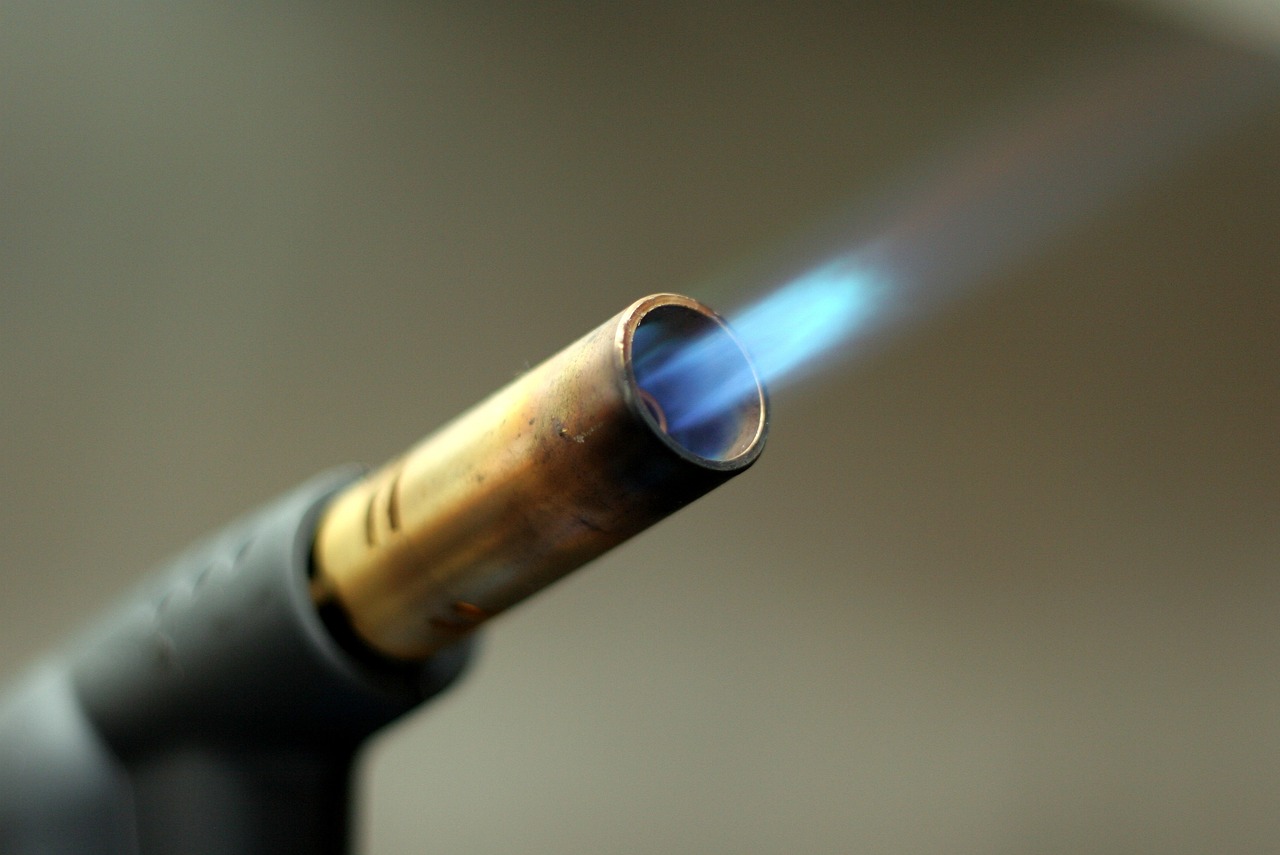How to Remove a Rusty Screw

On a number of occasions, you will always find that one rusted screw that simply won’t budge and you’ll think – if only I knew how to remove a rusty screw. Fortunately, our team of DIY experts have outlined a number of different methods in order to remove that pesky rusted screw.
Rusted screws are the result of moisture and the air reacting and causing the screw to get stuck. This is inevitable in the majority of situations as moisture cannot be avoided, especially in anything that is used outside. Therefore, knowing how to remove these is an invaluable skill.
Equipment Required to Remove a Rusty Screw
The equipment needed to remove a rusty screw varies greatly dependant on the method you use. As the equipment you have available to you is likely to vary, we have come up with a number of different solutions which can be completed with varying levels of equipment. Here is a list of the tools and equipment needed to try all of these methods.
- Hammer
- Rust penetrant spray or lubricant
- Screw extractor tool
- Dremel or rotating saw
- Heat torch
Solution 1: Hammer & Lubricant
This method is the first port of call to remove a rusty screw. It is the simplest method and requires the least amount of specialist equipment.

-
Strike the head of the screw with the hammer 2 or 3 times in order to break the rust seal.
-
Add a rust penetrator or common lubricant to the screw such as WD-40 or even a household item such as Cola or vinegar as these will alleviate the rust.
-
Strike the screw once again to allow the lubricant to spread to the threads.
-
Leave for approximately 10 minutes.
-
Try again to unscrew the rusted screw.
-
Repeat until the screw can be removed.
Solution 2: Screw Extractor Tool
There are a number of screw extractors on the market that can be very effective at removing rusted screws and screws that are stuck. These tools are generally efficient at removing rusty screws quite easily. This method is not the first choice as it damages the screw and cannot be reused.

-
Drill into the head of the rusted screw with the extractor tool.
-
Rotate the extractor tool.
-
Set your drill to reverse and pull out the rusted screw.
Solution: Add a Groove to a Stripped Screw
Stripped screws can occur when rusted screws that won’t turn get stripped from a screwdriver offering too much torque. The solution to this is to add a flat groove into the head of the screw so it can be removed with a flat head screwdriver that can withstand more torque.
-
Use a Dremel or rotating saw to make a new straight groove down the centre of the screw head.
-
Remove the screw with a flathead screwdriver.
Solution 4: Apply Heat
Heat is another option that can be used to loosen up a rusted screw so that it can be removed. However, this is the last port of call to remove a rusted screw as heat can damage a number of things including the screw and its surroundings.

-
Use a cleaning degreaser to ensure the area is clean of all flammable products.
-
Apply heat to the screw using the torch until it smokes.
-
Quickly apply cold water using a rag to cool the screw.
-
Repeat this process until the screw can be removed with a screwdriver.
If you’re looking for any screws or other DIY supplies, view our expansive range of screws and tools. Visit our DIY Blog.